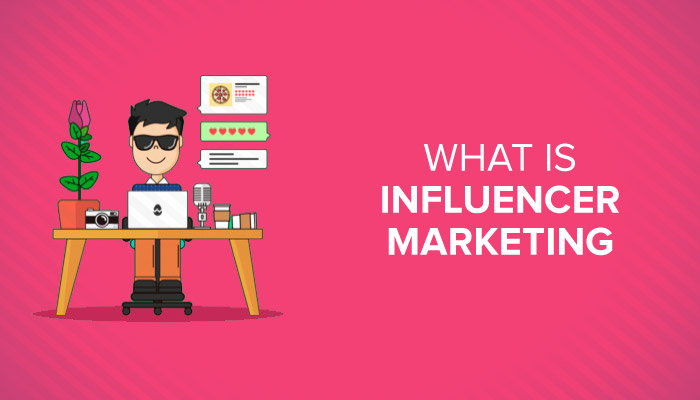Once you have your goals set and you know the exact type of audience you’re interested in pursuing, it’s time to select the right channels for your campaigns strategically.
Whatever the type of engagement you’re looking for, the idea is to narrow down the channels and the number of followers on those channels you’re going to target. Take every single one of these elements into consideration when searching for influencers to partner with for your campaigns.
Searching for influencers is not hard once you understand what type of audience you’re interested in pursuing. If you have a lot of data on your hands, you’ll quickly find people who fit your mission and brand online.
This is where things get a bit complicated. One of the main reasons why people hire agencies to handle their influencer marketing for them is because someone else gets to do the outreach part of the process. For micro-influencers, partnering with a brand allows them to elevate the quality of their content.
By giving them a bit of trust and resources, you’re helping influencers take that next step to become even more prominent players in their niche. If everything goes well, they will love you for it and become actual supporters of your brand. If the particular influencers end up loving working with you, they will organically promote your future materials pro bono and share your content with their audience. The idea here is to build a bond and then work hard to maintain it. How to Run Your Campaigns and Measure ROI As you know, influencer marketing is a slow process. It would be best if you did a lot of prep work before you can start to contact influencers and work with them to spread your message across the Web.
There different types of influencers and all of them can do different things for you. The one-size-fits-all approach doesn’t apply here. You need to analyze every single one of the influencers on your list and adjust your goals according to their role in your strategy. You should look at different factors when determining how much you should pay a single influencer:
Quality of their audience – how well their audiences matches your targeted market?
Authority – how big of a figure a particular influencer is in his niche? How often do people share, quote, and praise his knowledge? How right of a fit is the influencer to your brand?
What’s the media value of the influencer posts – how often does his content go viral? How usually do online magazines and different websites pick up his material?
Providing answers to these questions will help you calculate how high you should go to acquire the services of particular influencers. Once you get specific influencers to agree on the price and partner up with you, it’s time to let them go to work and monitor their performance.
You can follow what they do in real time, or when the campaign is over. Before the campaign begins you should check these items off your to-do list: Define goals Define KPIs. Once the campaign starts, you will follow KPIs and compare them with your goals. The closer you’re to meeting your goals, the better. If the influencer doesn’t bring you nearly enough value as you’ve projected, that means that either your goals are unrealistic or that the influencer doesn’t have any power over his or her network.
For instance, if your goal is to increase your Instagram following by 20 per cent during your campaign, then you need to know exactly how many followers you had before and after you’ve started working with a particular influencer. The same goes for leads and sales. If your goal is to increase direct site sales by a specific per cent, you have to know the exact number of direct site sales before and after you started working with the influencer. You can make the tracking easier by creating a dedicated sales page with the link for the influencer. Most brands follow these statistics: Reach and engagement for each post Website visits after the influencer mention the brand, additional sales generated during the campaign compared to the cost of working with influencers. If you’re interested in just building awareness, you should measure your impressions and site traffic.
If you want to get more conversions, you should monitor your traffic and audience behaviour in Google Analytics. For every goal, there’s a different set of KPIs you should follow. One of the most important jobs here is to keep a close eye on your most important KPIs as the campaign develops. If you tune in from the beginning, you will have a lot less difficulty understanding how effective individual influencers are.
You will see all the improvements caused by their work, and you can even suggest changes to the content and style of promotion that could help you get even more value from your partnerships.
I hope this guide helped you understand all the details and elements you need to consider when collaborating with influencers. As you can see from everything written above, influencer marketing is all about promoting authenticity. You don’t want to use influencers as just faceless drones for spamming their audiences. No. Your goal here should be to provide influencers with enough room, flexibility, and trust to create promotional content that’s in perfect sync with the material they usually distribute via their website or social media channels. You don’t want the black sheep of the heard. Your goal here is to organically appear on popular channels and reach out to people in a style and language they offer. Be sure to do your homework before you decide to partner up with specific influencers and run your campaigns. Follow the steps from this article, and I promise you won’t experience any issues with your influencer marketing.


Recent Comments